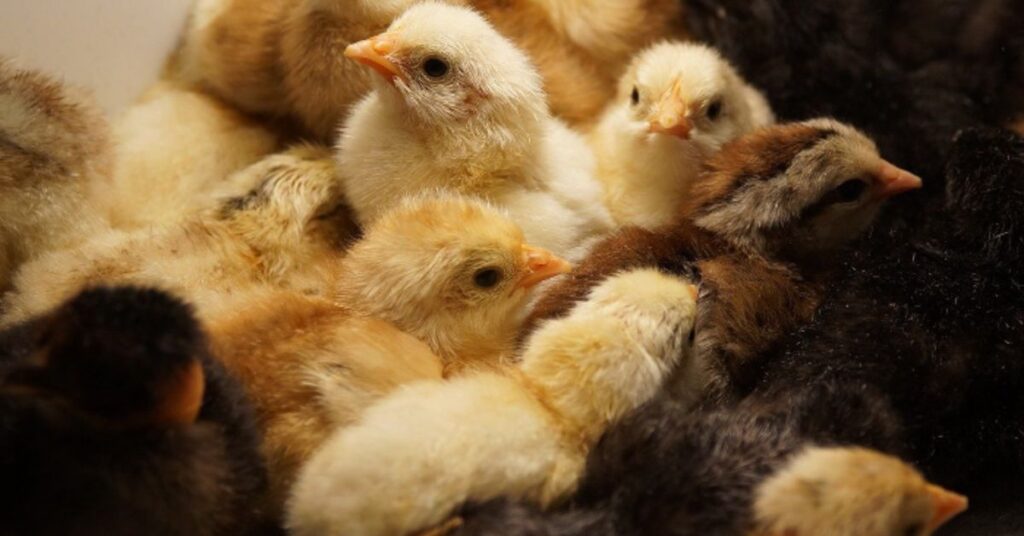Poultry farming is a crucial part of the global food supply chain, but it is also highly vulnerable to various diseases that can severely impact flock health and productivity. Recognizing the symptoms of common poultry diseases and knowing how to treat them effectively is essential for preventing outbreaks and minimizing losses.
Newcastle Disease
Newcastle disease is one of the most contagious viral infections affecting poultry worldwide. Caused by the Newcastle disease virus (NDV), it presents with a range of symptoms depending on the virulence of the strain. Birds may exhibit respiratory distress, including coughing, gasping, and nasal discharge. Neurological symptoms such as tremors, twisted necks, and paralysis are also common in more severe cases. Additionally, there is often a marked drop in egg production, with eggs that are misshapen or have thin shells.
The virus spreads rapidly through direct contact with infected birds, contaminated feed, water, and equipment, or even through the air. Prevention is primarily through vaccination, which is effective in reducing the severity and spread of the disease. Once an outbreak occurs, there is no specific cure, and management focuses on preventing the spread by culling infected birds and implementing strict biosecurity measures.
Avian Influenza
Common poultry diseases, such as avian influenza, commonly known as bird flu, is another serious viral disease that poses a significant threat to poultry flocks. It is caused by influenza viruses, which vary from low pathogenic (LPAI) to highly pathogenic (HPAI) strains. Symptoms of avian influenza include respiratory problems such as coughing and sneezing, swelling of the head and neck, and a significant drop in egg production. HPAI strains are particularly deadly, often causing sudden death in large numbers of birds.
The virus spreads easily through direct contact with infected birds, contaminated surfaces, and even through airborne particles. Preventing avian influenza involves strict biosecurity measures, including isolating new birds, disinfecting equipment, and controlling human traffic in and out of poultry areas. Vaccination is used in some regions, though it is tightly regulated due to concerns about masking the presence of the virus. During an outbreak, rapid culling of affected birds is often necessary to prevent the spread of the disease.
Coccidiosis
Coccidiosis is a parasitic disease caused by protozoa of the genus Eimeria. It primarily affects the intestinal tract of poultry, leading to symptoms such as diarrhea, which may be bloody, along with lethargy, weight loss, and poor growth. The disease is particularly common in young birds and thrives in environments with poor sanitation and high humidity.
Prevention of coccidiosis involves maintaining clean, dry bedding and controlling moisture levels in the poultry house. Anticoccidial medications are commonly added to feed as a preventive measure. Vaccination against coccidiosis is also available and is particularly useful in large-scale operations. Treatment for affected birds typically includes the use of anticoccidial drugs administered through feed or water, along with supportive care such as ensuring clean water and proper nutrition to help the birds recover.
Infectious Bronchitis
Infectious bronchitis is a highly contagious viral disease that affects the respiratory system of chickens. It is caused by the infectious bronchitis virus (IBV) and is characterized by symptoms such as coughing, sneezing, nasal discharge, and difficulty breathing. Infected birds may also show a drop in egg production, and the eggs they do lay may have thin or misshapen shells.
The virus spreads quickly through the air, direct contact with infected birds, and contaminated equipment. There is no specific treatment for infectious bronchitis, so prevention is key. Vaccination is the most effective method of prevention, and good biosecurity practices, such as isolating new birds and maintaining clean facilities, are critical in preventing outbreaks. Supportive care, including providing clean water and high-quality feed, can help affected birds recover more quickly.
Mycoplasmosis
Mycoplasmosis is a bacterial infection caused by Mycoplasma gallisepticum and Mycoplasma synoviae. It primarily affects the respiratory system, leading to symptoms such as coughing, nasal discharge, and swollen sinuses. Infected birds may also exhibit reduced growth rates and lower egg production. Mycoplasmosis can spread through direct contact with infected birds, contaminated equipment, and airborne particles.
Treatment for mycoplasmosis typically involves antibiotics, but managing the disease requires more than just medication. Improving ventilation, reducing stress, and maintaining good hygiene are essential to control the spread of the infection. Vaccination is available in some areas and can help prevent the disease in flocks at risk.







